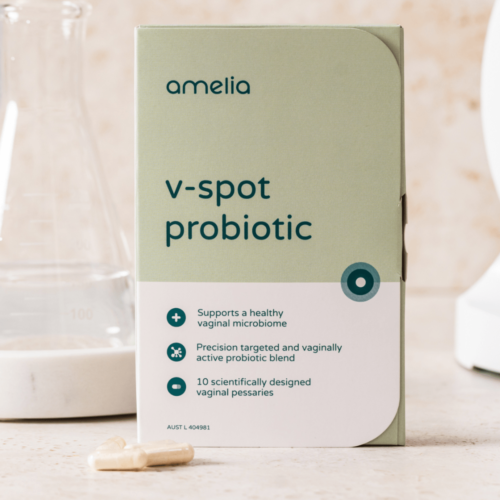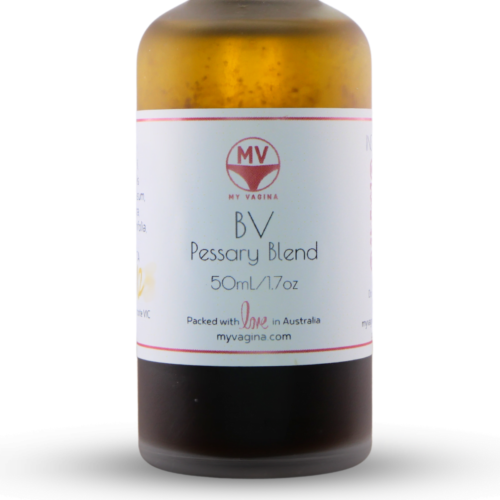Candida parapsilosis is a pathogenic yeast that is now emerging as a threat, where it was previously not significant. C. parapsilosis is now a leading cause of candidal disease, with the most at risk being newborns and those in the intensive care unit.
C. parapsilosis forms biofilms, and causes problems with catheters, prosthetics, and spreads quickly via healthcare workers’ hands. C. parapsilosis secretes enzymes, and adheres readily to implants and prosthetics.
Symptoms of C. parapsilosis infection
- May be asymptomatic
- Itching
- Burning
- Painful sex (dyspareunia)
- Abnormal discharge
- Rarely can cause UTIs
Characteristics of C. parapsilosis infection
C. parapsilosis is usually involved in blood infections, and in some European, Asian and South American hospitals, outranks Candida albicans.
Typically this yeast prefers the intestine and skin to the vagina, and thus – at this stage – is not yet a major concern for vulvovaginal candida infections. It is uncommonly isolated from the vaginal tract in women, but as we know, it can certainly happen and cause symptoms. It’s worth testing for, since its prevalence is growing and that means it’ll show up in more places more often.
About 30 per cent of vaginal yeast infections are due to non-albicans yeasts, and this percentage is growing as other yeasts grow in virulence. Short-course antifungals are becoming less and less effective against non-albicans species.
Rates vary between countries, with highest rates found being 9 per cent of yeast infections, with the lowest 1.1 per cent. C. parapsilosis is considered a commensal yeast, which means it lives naturally in the human body without causing issues.
The yeasts identified as causing vaginal symptoms were found to secrete more enzymes than those in asymptomatic carriers. These enzymes matter in the vagina, because these proteinases (enzymes) can cause issues with vaginal tissue by breaking down immunoglobulin A, one of the vagina’s best infection protections.
C. parapsilosis can break down normal barriers in the vagina to become a pathogen. If this behaviour changes, C. parapsilosis acts more like C. albicans.
Antifungal resistance to C. parapsilosis
There is no real consensus at the moment on the best treatment for invasive C. parapsilosis.
Resistance is developing against amphotericin B, fluconazole, itraconazole, voriconazole, flucytosine, with susceptibility to echinocandins. Non-drug treatments exist – see our Yeast Infections page.
Specially formulated probiotic for vaginal application to promote a healthy vaginal microbiome.
Unique, comprehensive BV, AV and 'mystery bad vag' treatment guide, one-of-a-kind system, with effective, innovative treatments.





